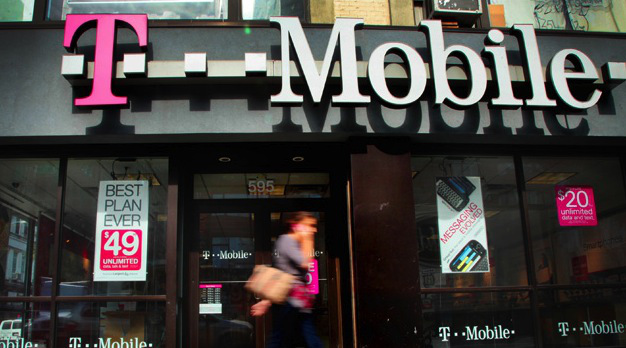“Roaming has always been a sore spot, especially for Canadians,” says Emir Aboulhosn, chief executive of Roam Mobility. Given the recent war between the federal government and the industry over the prices Canadians pay for wireless service, that’s something of an understatement.
In my previous post, I wrote about my experiences with Vancouver-based Roam’s service, which aims to provide an affordable U.S. roaming alternative to the big carriers. In a nutshell, I found it to be a great option for travelers, both for its ease of use and its significant cost savings.
At the same time, I couldn’t help but wonder what the long-term prospects are for Roam and companies like it. The big Canadian providers are certainly feeling the pressure from regulators and government on their roaming fees. The feds are moving to cap domestic roaming, or the fees that carriers charge each others’ customers to use their networks within Canada, while the Canadian Radio-television and Telecommunications Commission is looking at the same issue internationally. Carriers have naturally reacted by lowering their roaming rates and it’s a fair bet that they’ll go lower still.
With that likelihood on the horizon, how much room will be left for alternative providers that base their entire business models on the existence of high rates?
Aboulhosn believes there will still be lots of space, mainly because he doesn’t think the authorities are going to have much luck reining in those international rates. The CRTC can regulate Canadian carriers, but it doesn’t have any jurisdiction over companies in other countries, which will make it tough to have any say over what are essentially multinational agreements.
“Their intent is good but I don’t know how effective they’re going to be on roaming issues,” he says. “Until Bell, Rogers and Telus are basically giving away roaming, we’re in a pretty good position.”
Aboulhosn says his service is proving to be popular with Canadians as a result, with the company getting close to 100,000 activations (he doesn’t count subscribers, since they pop in and out of the service as needed). The goal is to double that this year. While it doesn’t disclose financial numbers, Roam is up to 20 employees and expects to add a further 10 to 20 this year.
Still, Roam isn’t just a one-trick pony, he says. The company also has a U.S. operation called Ready SIM, for American cellphone subscribers. It’s a mobile virtual network operator (MVNO) that buys wholesale airtime from U.S. carriers, then resells it to its own customers at prices that are below what the big U.S. carriers charge.
MVNOs have seen a renaissance of late in the United States as lagging carriers Sprint and T-Mobile look to gain ground on AT&T and Verizon. With the two behemoths increasingly dominating the market, the No. 3 and No. 4 carriers are happily signing up wholesale customers to boost their own subscriber numbers in an effort to stay relevant.
As such, startup MVNOs such as Ready SIM are having a much easier time getting good wholesale rates down south than they are in Canada. Some virtual carriers such as PC Mobile and 7-11’s Speakout exist here, but their rates either aren’t much better than what incumbents or charging, or they’re relegated to selling older, slower services.
Ting, another Canadian-based U.S. MVNO, has bemoaned this issue. “We would love to be in Canada,” CEO Elliott Noss has said. “Nobody will — at least at this juncture — sell us network.”
Aboulhosn echoes that sentiment. “I’d love to have an MVNO agreement in Canada, but the likelihood of it happening is relatively slim,” he says.
Last month, I wrote about how wholesale MVNO carriers aren’t a good long-term solution to the problem of high prices because they depend entirely on regulation for their business models. Or worse - in the absence of those rules, they depend on the good grace of network owners. In both cases, regulation (and the political will behind it) or goodwill can change in a heartbeat.
A number of wholesale providers took issue with that view - some called me up privately, while others such as Noss contested it publicly.
Aboulhosn also doesn’t agree. Besides providing lower rates that incumbent providers, MVNOs also innovate with new business models, he says. T-Mobile’s recent resurgence - where it is having success based on its “Uncarrier” image - is at least partially thanks to its copying of some MVNO practices, like ending long-term contracts.
“In Europe it’s the same story,” he says. “An MVNO becomes wildly successful and it doesn’t take long for either the carrier to mimic its model or to end up acquiring it and simply expanding their business model across the entire company.”
Ultimately, wireless service - or connecting devices to a data network - is a commodity service, Aboulhosn says. True differentiation is going to come down to how that connectivity is sold, and the simplicity of the technology that enables it, which is something that MVNOs are proving more adept at than big carriers.
“That tedious process doesn’t have to exist,” he says. “We’ve managed to establish an effective pipeline to that commodity.”

